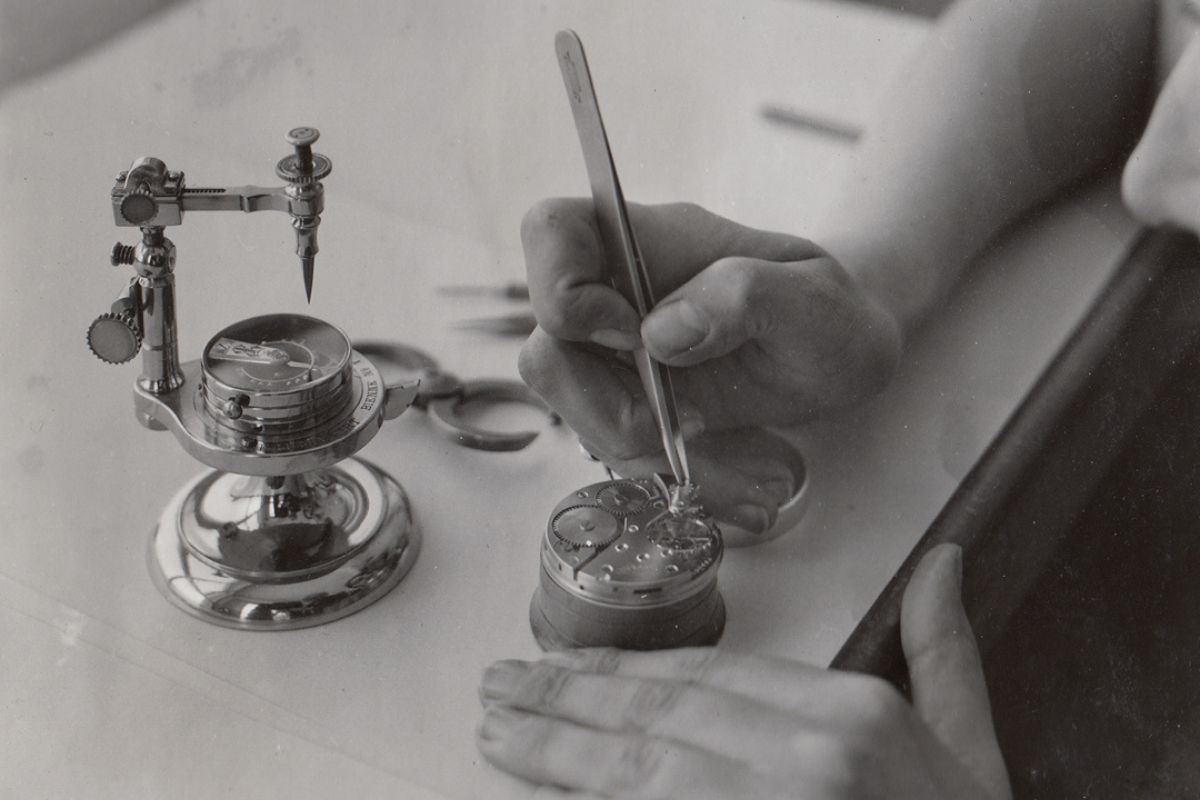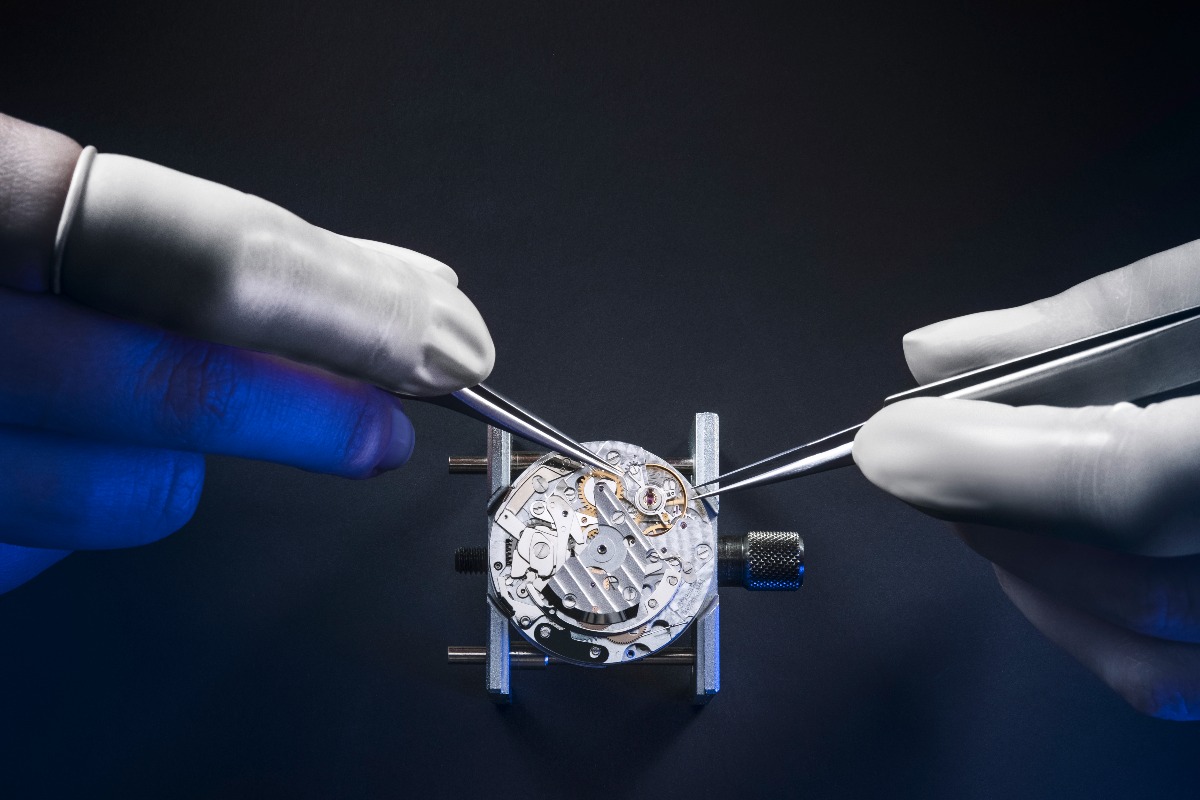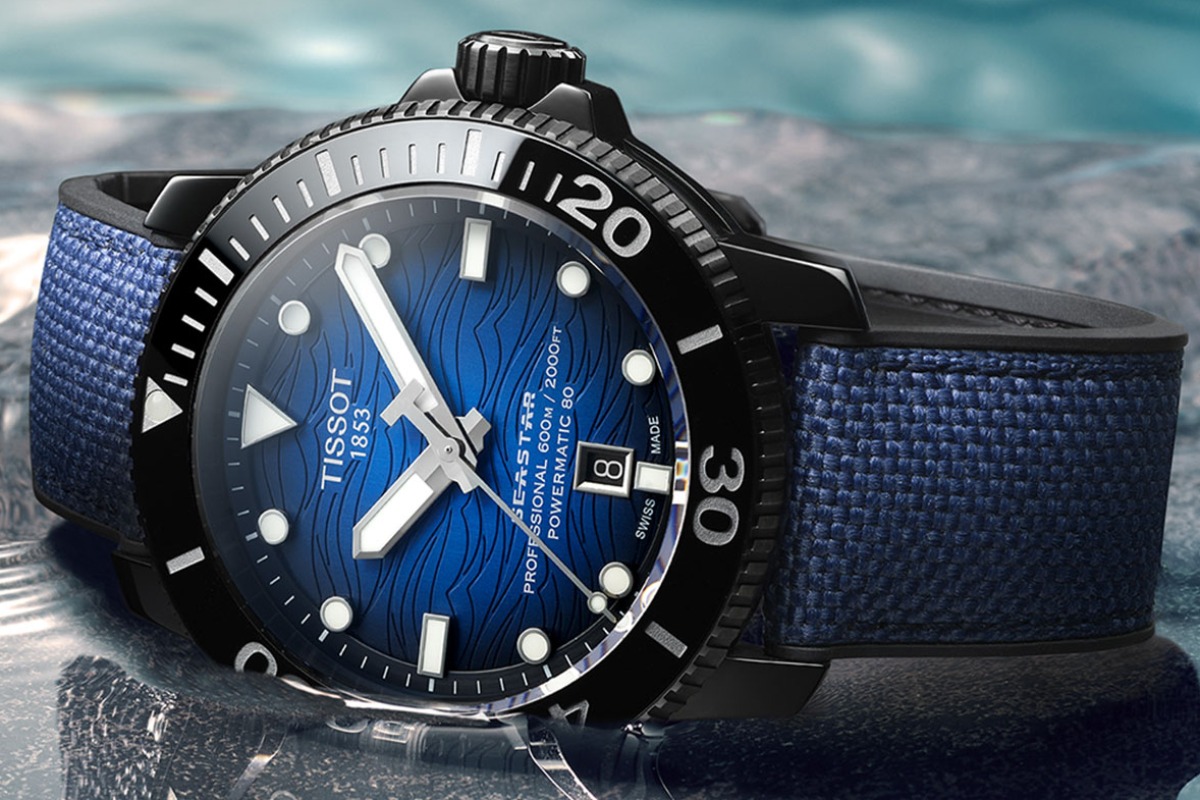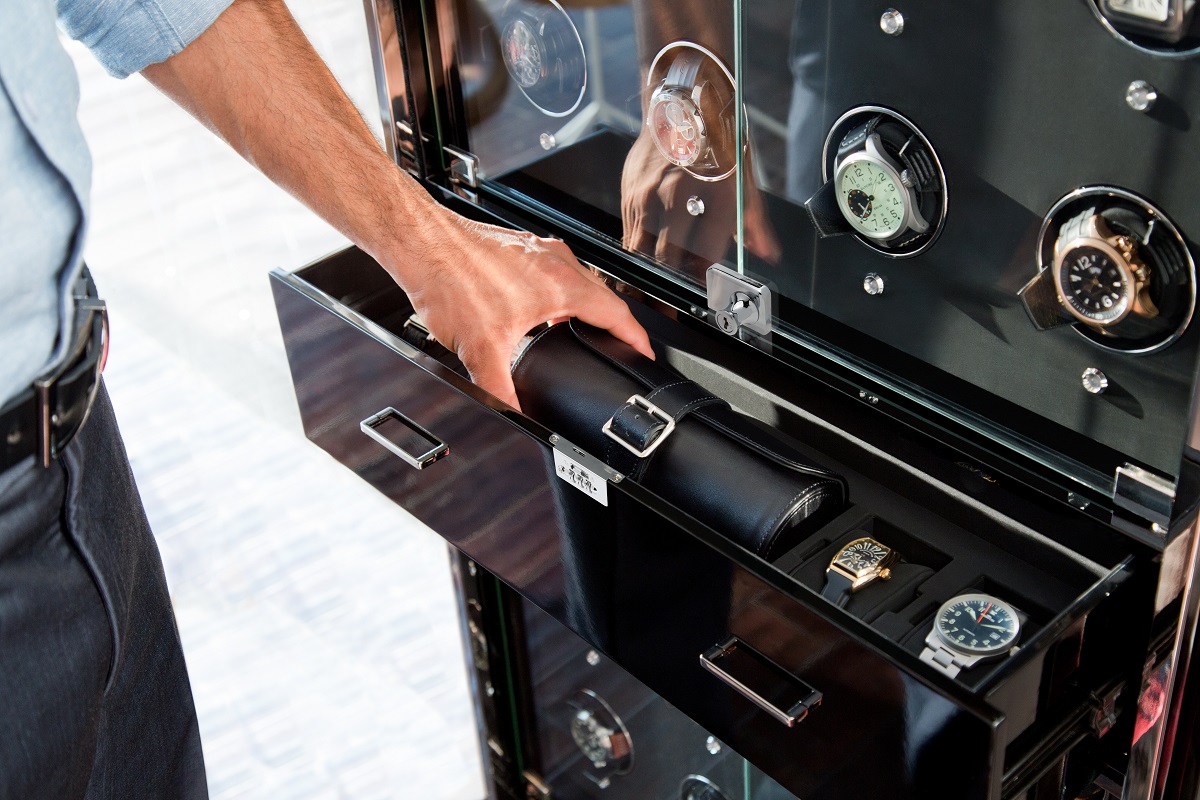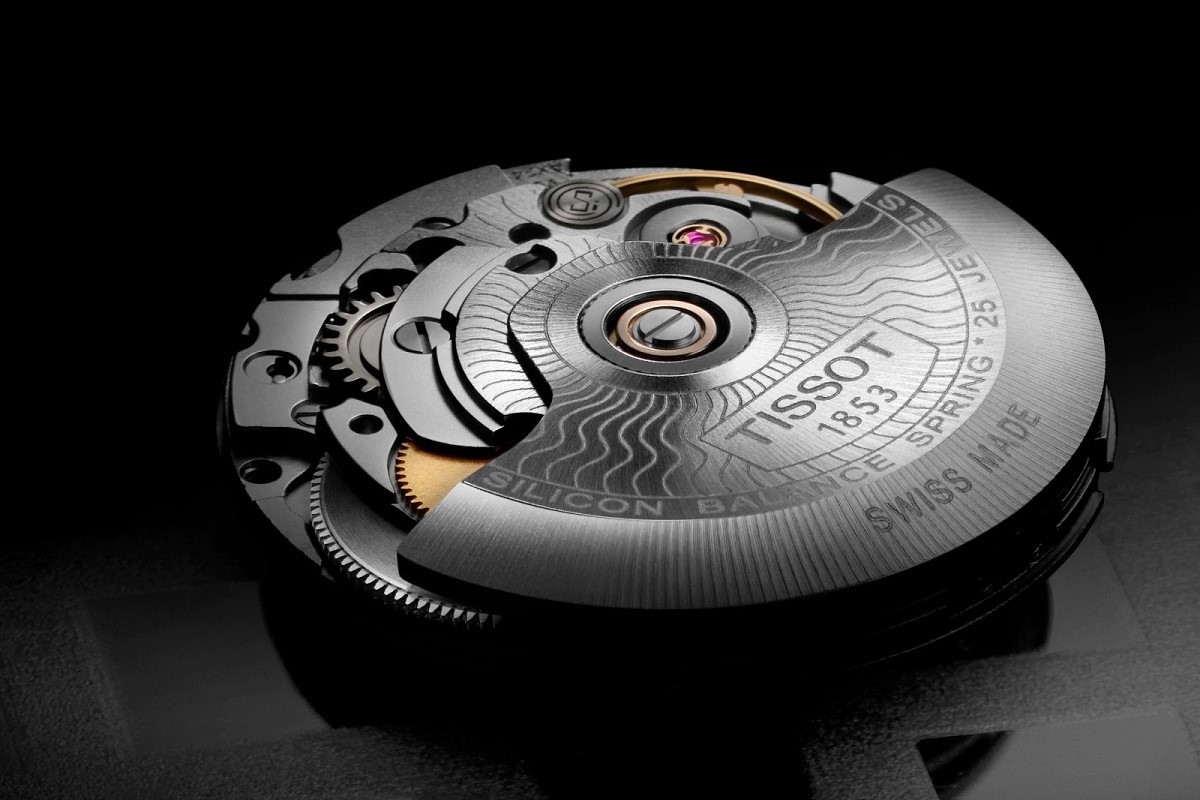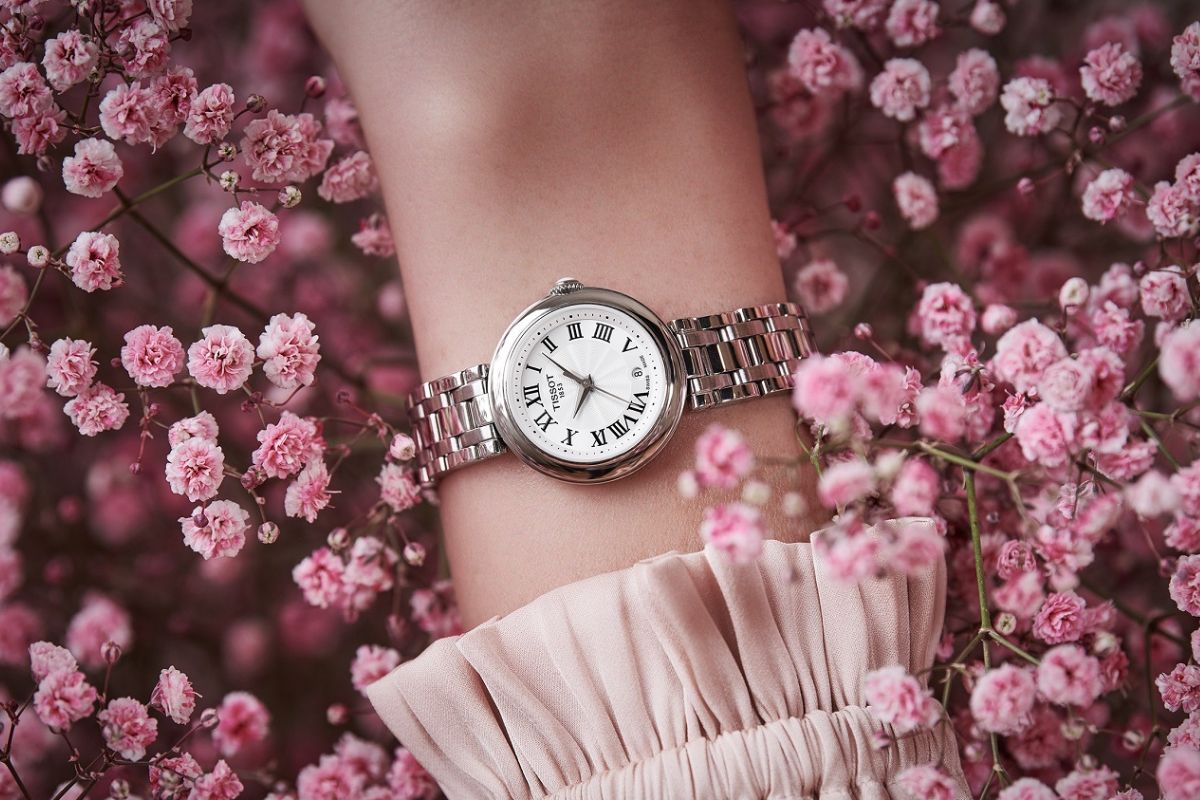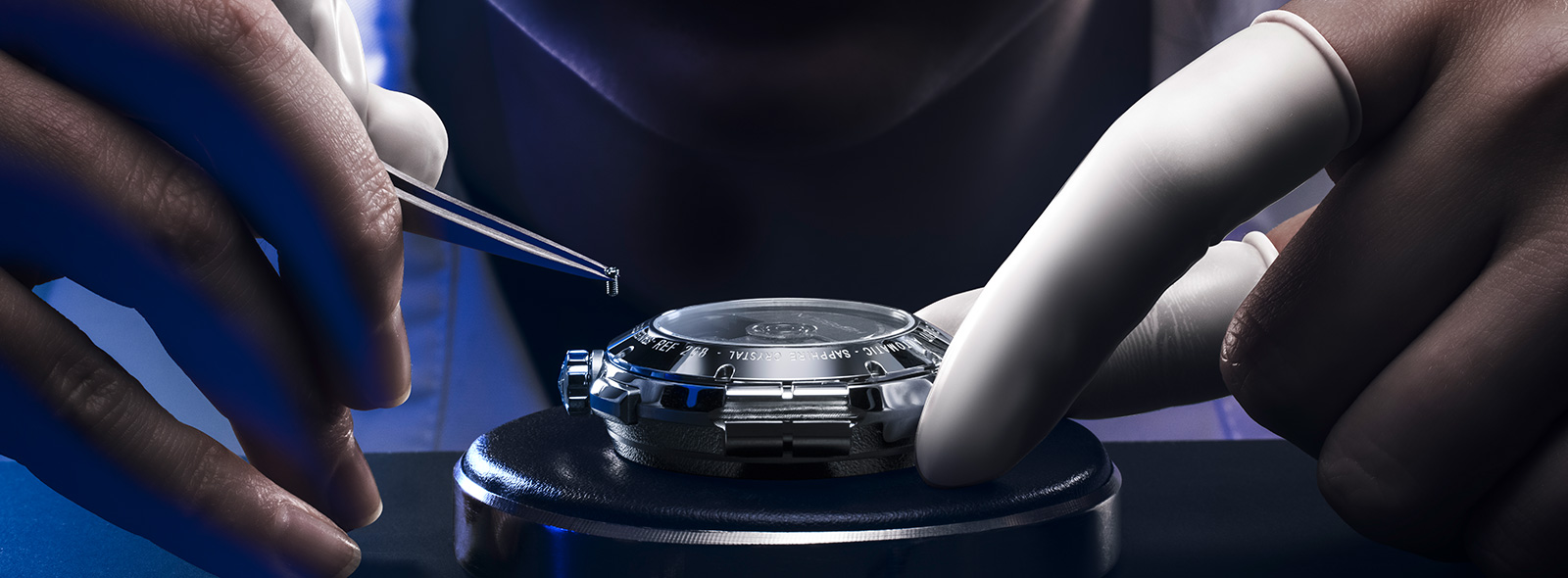
Differences between quartz and automatic watch movements - Tissot models

Various
Differences between quartz and automatic watch movements - Tissot models

Buying a watch involves a number of decisions. Bracelet or strap? Silver or gold case? Bright or elegant black dial? Quartz or automatic movement? What are the differences between these calibres anyway? We will try to point out the differences and similarities, as well as advantages and disadvantages of both the quartz and the automatic movement.
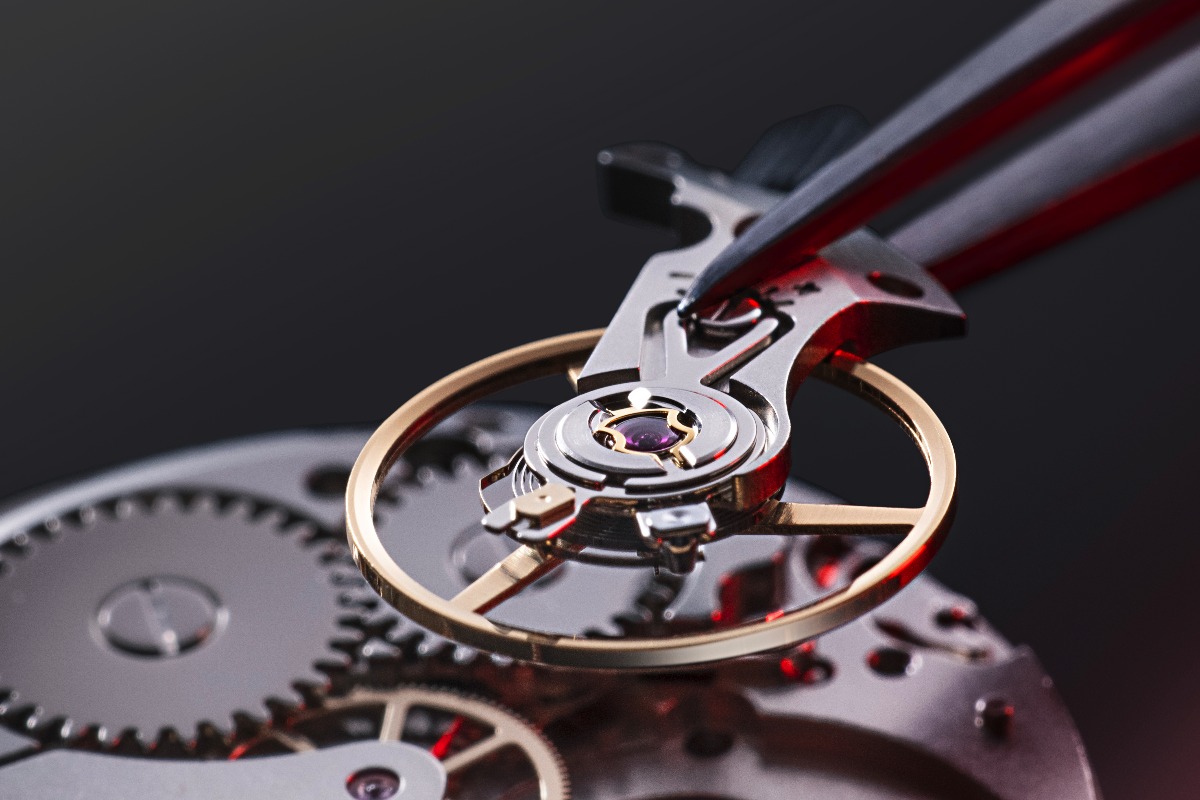
Watches with a soul - the tradition and craftsmanship of automatic movements
An automatic movement is a mental shortcut to some extent. We should accurately refer to it as a mechanical movement with automatic winding. How does it work? An automatic watch is powered by a spring that is wound by the motion of the wearer’s wrist. It is therefore important to wear this type of watch as often as possible. With regular use, the timekeeping accuracy is -10/+25 seconds per day. Automatic watches also have a power reserve indicator that shows the length of time that a mechanical watch can run once it’s fully wound. Put simply, a power reserve indicator allows the wearer to see how much power is left in a watch before it needs winding. On average, the power reserve is between 35 and 48 hours. Thanks to modern technological developments, this time has been extended to as much as 80 hours.
How can you recognise an automatic movement? Firstly, it is worth looking at the hands - they move in a smooth, steady motion. Secondly, the caseback of self-winding watches is often transparent. This allows us to observe the operation of the rotor, as well as to admire the mechanism itself and the numerous decorations, such as the Geneva stripes.
Powermatic 80 - Tissot automatic movement
Over the years, automatic watches have become a symbol of prestige, elegance, precision and innovation. One noteworthy example is the in-house Powermatic 80 movement, created by the Tissot brand. It is certified as a chronometer by the COSC (the Official Swiss Chronometer Testing Institute). The precision of a COSC-certified movement is extremely high – chronometers are certified to be accurate within +/- 5 seconds per day. It was created on the basis of the ETA Calibre C07 mechanism, whose prototype was the famous ETA 2824-2. The development of electricity adversely affected the performance of mechanical watches. The magnetic field produced by electrical devices interfered with the operation of watches. Therefore, 1930 marked the beginning of a new era. Tissot made use of non-magnetic materials, mainly silicon. This brought the first Tissot Antimagnétique watch to the market. This initiated the development of solutions such as Silicium and Nivachron. You can read more extensively about innovations and breakthrough technologies in our article "Advanced technologies of Tissot watches".
Pros and cons of mechanical self-winding watches
Watches with a soul - this is an oft-repeated phrase among enthusiasts of automatic movements. And there is something to it. When wearing such a watch, we can feel and hear how it lives. Gentle vibrations can be felt on the wrist. Another argument in favour of automatic watches is that they work independently of power sources. It is sufficient to use the watch systematically. The watch doesn’t require the replacement of batteries, so it is also an environmentally friendly solution. In addition, there are watch winders available on the market, i.e. devices that imitate the movement of the wrist by performing cyclical rotations around its axis. To keep your automatic watch running smoothly for many years, you should buy a modern watch winder and have your watch serviced once every three years.
In addition to the pluses, we must also point out the minuses. Automatic watches can either run fast by a few seconds a day or lose a few seconds a day – this applies even to modern and extremely precise models. The automatic mechanism is extremely intricate and yet delicate. Any impact, even an accidental one, can result in malfunction or damage. The repair, however, can require complicated servicing. The downside for some may also be the size of the case of automatic watches. They are quite thick as they are constructed to house a number of parts.
Revolutionary quartz watches - a groundbreaking invention!
Initially, only mechanical watches were available on the market. The 1970s brought a breakthrough, the so-called quartz crisis, also known as the quartz revolution. The advent of battery-powered watches, triggered the collapse of the Swiss watch industry, which until then had been a monopolist in the market. The world's first quartz watch was the Astron model unveiled on 25 December 1969, developed by the Japanese brand Seiko. The potential was recognised and consistently developed – and so, by 1978, quartz watches were leading the way over mechanical watches.
Watches powered by a quartz mechanism have gained extraordinary popularity, which they still enjoy today. How does a quartz movement work? Colloquially, we say that a watch is powered by a battery as it requires a battery and a quartz crystal for its power. The operation of quartz watches is based on the piezoelectric phenomenon. Simply put, the battery causes the crystal to vibrate at a frequency of 32,768 per second, which is then converted by a quartz resonator. This allows the watch to show the current time on a display or dial.
The essence of quartz watches is the aforementioned vibrations. They ensure that the hours, minutes and seconds are displayed correctly. Quartz watches are characterised by a remarkable time accuracy of 17 to 21 seconds per month. You can also come across models with a time accuracy of +/- 10 seconds per year.
The innovative Tissot PRX quartz watch
Swiss companies have also contributed to the development of quartz movements. One of these is Tissot, which in 1978 created the iconic PRX model, which has now been reissued. Unique, timeless and, above all, extremely precise. The name "PRX" comes from the French Précise et Robuste, meaning precise and robust. The "X" indicates the high water resistance of 10 ATM. Now the unique PRX 35 women’s watch has hit the market. With its characteristic 1970s design, a lightweight case with a reduced diameter and a reliable Swiss ETA F05.115 movement, it meets the needs of any modern woman 100%! In addition, Tissot has equipped the PRX watches with a practical end-of-life (EOL) battery indicator.
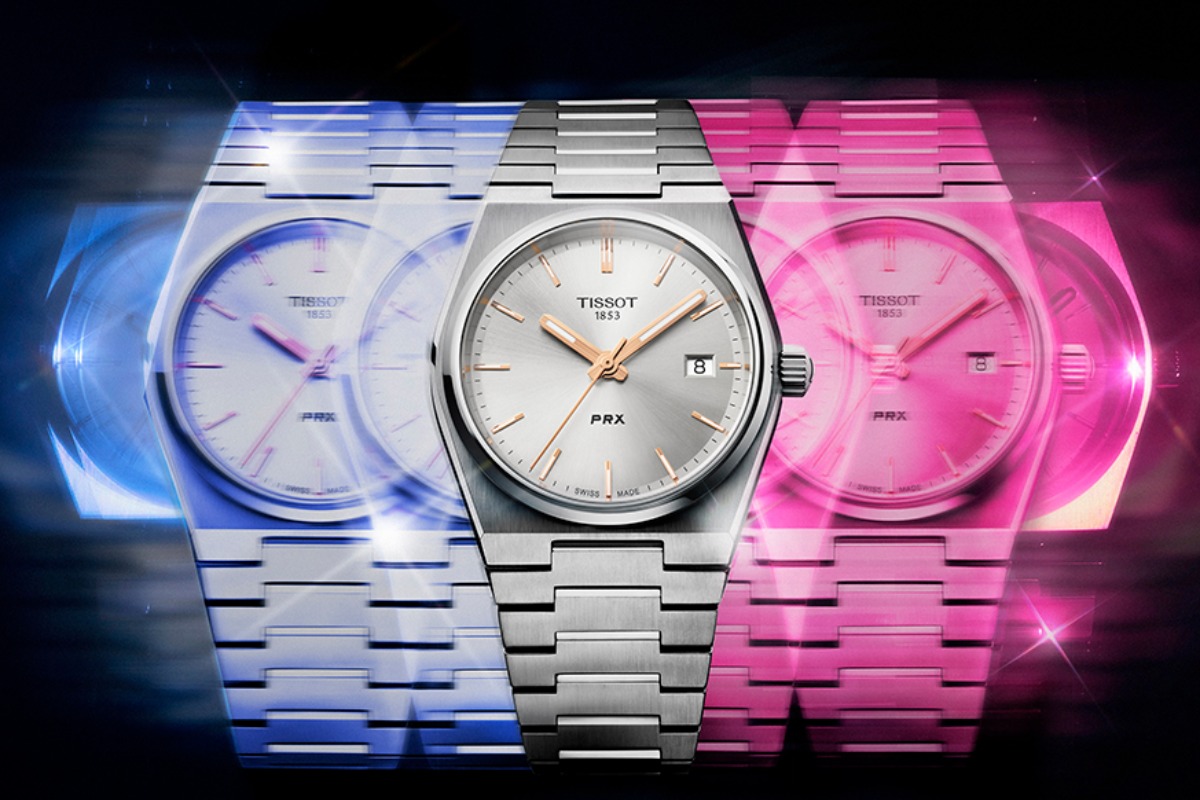
Pros and cons of quartz watches
The aforementioned accuracy is an undoubted advantage of quartz watches. The simple design of the mechanism allows for quick and inexpensive repairs, usually by simply replacing the battery. Compared to an automatic mechanism, the quartz one does not fail so easily. Another plus point is its low price. Quartz watches available on the market are equipped with high-quality mechanisms from the world's largest manufacturers. The wide choice of designs and colours of women's quartz watches is undoubtedly a great benefit. Another advantage is the thickness of the case – it can be much thinner in quartz watches than in automatic ones.

The replaceable battery is both a plus and a minus. Why? The cost of replacing the battery is relatively low for the customer, but high for the environment. In addition, the battery is sensitive to temperature changes. There is a danger of the battery ''spilling out'', which can cause permanent damage to the watch.

A watch with a quartz or automatic movement
Knowing the differences between the different movements and the advantages and disadvantages of each type, it is impossible to say which one is better. It all depends on our preferences and needs. We need to answer the question of what we expect from a watch. If price is key, then a quartz watch is a great choice. Automatic watches, however, are recommended for watch connoisseurs who like to feel a timepiece on their wrist. The final choice is up to you. Note that both types of watches need to be treated with special care. Proper maintenance, servicing, cleaning are essential to enjoy our watch for a long time. Also remember not to expose your device to high temperatures, strong magnetic fields, chemicals or even perfumes. With this knowledge, you are sure to find your dream watch!
